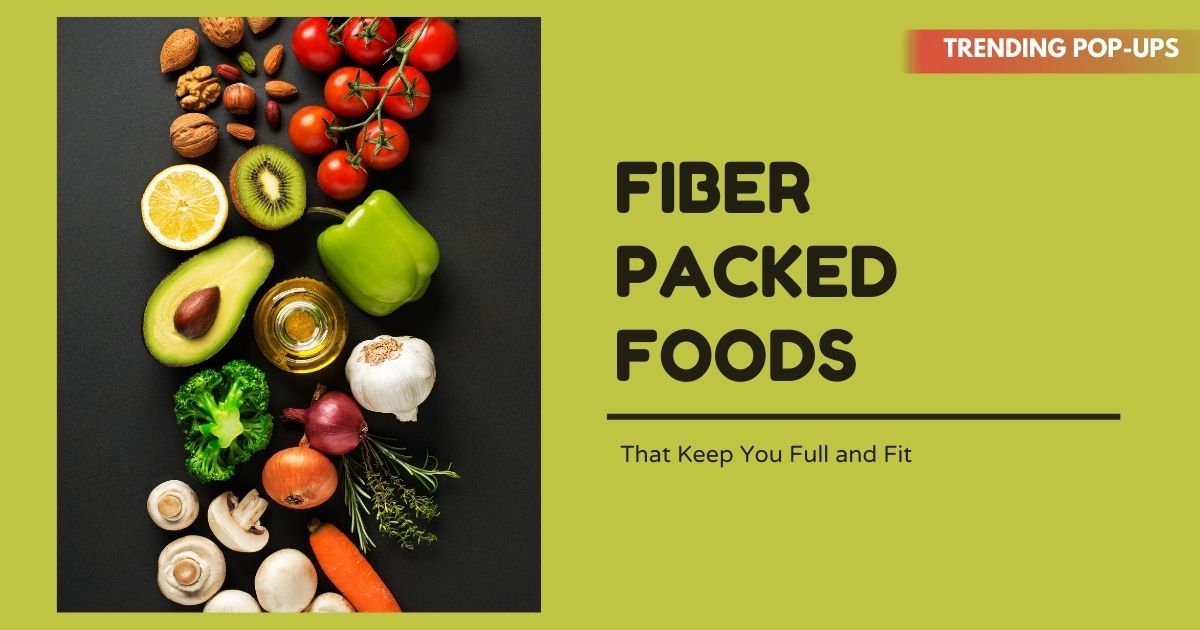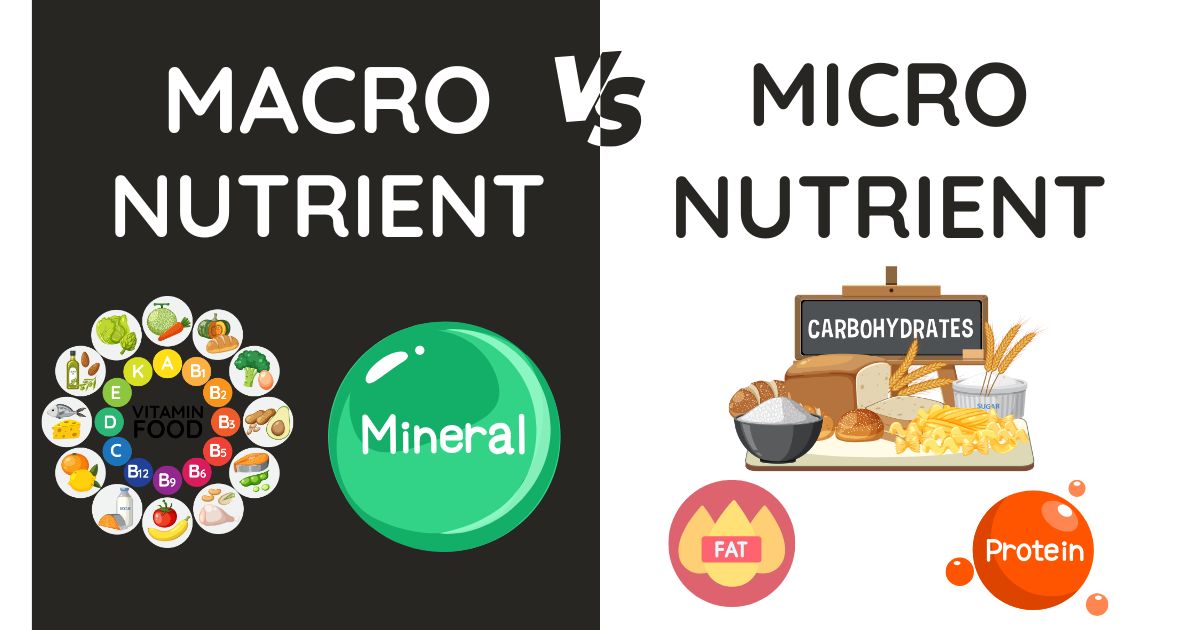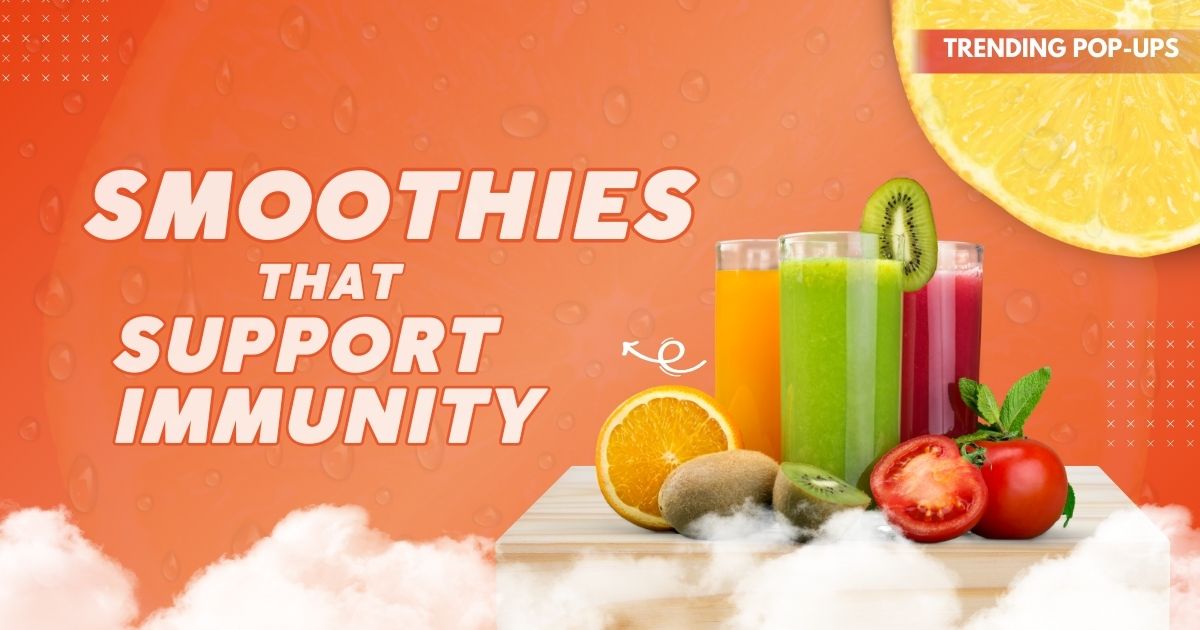When it comes to staying healthy, losing weight, or simply feeling energized throughout the day, dietary fiber plays a powerful role. Often overlooked compared to protein or vitamins, fiber is essential for digestion, satiety, and long-term wellness. Eating fiber-packed foods not only helps you stay full for longer but also supports gut health, heart health, and weight management. In this article, we’ll explore the top high-fiber foods, their health benefits, and how you can add more of them to your daily meals to stay full and fit.
Why Fiber Is Essential for Health
Fiber is a type of carbohydrate that the body cannot fully digest. Instead of being broken down into sugar like other carbs, it passes through the digestive system, providing several key benefits:
-
Improves digestion by adding bulk to stool and preventing constipation.
-
Controls blood sugar by slowing down the absorption of glucose.
-
Supports weight management by keeping you full longer.
-
Lowers cholesterol and promotes heart health.
-
Feeds healthy gut bacteria, boosting immunity and overall well-being.
Adults should aim for 25–38 grams of fiber daily, but most people consume far less. The good news? Incorporating fiber-packed foods is easier than you think.
Fiber-Packed Foods That Keep You Full and Fit
1. Legumes: Beans, Lentils, and Chickpeas
Legumes are some of the best natural sources of fiber. One cup of cooked lentils provides around 15–16 grams of fiber, nearly half of your daily needs. They’re also rich in plant-based protein, making them excellent for weight management and muscle health.
How to enjoy them: Add lentils to soups, toss chickpeas into salads, or make bean-based stews.
2. Whole Grains: Oats, Quinoa, and Brown Rice
Whole grains are much higher in fiber compared to refined grains. Oats, for example, contain a soluble fiber called beta-glucan, known for lowering cholesterol and improving satiety. Quinoa and brown rice are gluten-free options that provide both fiber and essential minerals.
How to enjoy them: Start your day with overnight oats, serve quinoa as a side dish, or replace white rice with brown rice.
3. Fruits Rich in Fiber
Fruits not only provide natural sweetness but also a healthy dose of fiber. Some of the best options include:
-
Apples: About 4–5 grams of fiber per medium apple.
-
Pears: One pear contains around 6 grams of fiber.
-
Berries (raspberries, blackberries, strawberries): Raspberries top the list with 8 grams per cup.
-
Bananas: A great source of both fiber and potassium.
How to enjoy them: Snack on fresh fruit, add berries to yogurt, or blend them into smoothies.
4. Vegetables High in Fiber
Vegetables are nutrient-dense and naturally fiber-rich. Some top picks include:
-
Broccoli: 5 grams per cup, plus it’s rich in antioxidants.
-
Brussels sprouts: 4 grams per cup with a boost of vitamin C.
-
Carrots: About 3 grams per medium carrot.
-
Sweet potatoes: 4 grams per medium potato with added beta-carotene.
How to enjoy them: Roast Brussels sprouts, steam broccoli, or bake sweet potatoes for a filling meal.
5. Nuts and Seeds
Nuts and seeds are not only high in fiber but also packed with healthy fats and protein. Examples include:
-
Chia seeds: A powerhouse with 10 grams of fiber per ounce.
-
Flaxseeds: Contain both soluble and insoluble fiber.
-
Almonds: Around 4 grams of fiber per ounce.
-
Sunflower seeds: Provide 3 grams of fiber per ounce.
How to enjoy them: Sprinkle chia or flaxseeds on oatmeal, snack on almonds, or add sunflower seeds to salads.
6. Avocados
Often celebrated for their healthy fats, avocados are also fiber-rich, with about 10 grams per medium avocado. They promote satiety and help absorb fat-soluble vitamins.
How to enjoy them: Spread avocado on whole-grain toast, make guacamole, or blend it into smoothies.
7. Popcorn (Air-Popped)
Believe it or not, popcorn is a whole grain and a fiber-friendly snack. Three cups of air-popped popcorn provide around 3.5 grams of fiber with very few calories.
How to enjoy it: Opt for air-popped popcorn without butter or excessive salt for a guilt-free snack.
How Fiber Keeps You Full and Fit
The reason fiber is so effective in promoting satiety is its unique digestion process. Soluble fiber absorbs water and forms a gel-like substance, slowing digestion and keeping you fuller longer. Insoluble fiber adds bulk to food and speeds up bowel movements, preventing bloating and discomfort. Together, they help regulate appetite, prevent overeating, and maintain a healthy weight.
Tips to Add More Fiber to Your Diet
-
Start your day with whole-grain cereal or oats.
-
Replace refined bread and pasta with whole-grain versions.
-
Snack on fruit, nuts, or raw veggies instead of processed foods.
-
Add beans or lentils to soups, curries, and salads.
-
Sprinkle chia or flaxseeds into smoothies, yogurt, or baked goods.
-
Gradually increase fiber intake to prevent digestive discomfort.
Potential Side Effects of Too Much Fiber
While fiber is beneficial, consuming too much too quickly can cause bloating, gas, or stomach discomfort. Always increase intake gradually and drink plenty of water to aid digestion.
Also Read : How to Reduce Processed Food Intake
FAQs
Q1. How much fiber should I eat daily?
Men should aim for around 38 grams per day, and women should target 25 grams per day.
Q2. Can too much fiber be harmful?
Excessive fiber intake without enough water may cause bloating, constipation, or discomfort. Moderation is key.
Q3. What’s the difference between soluble and insoluble fiber?
Soluble fiber dissolves in water, slows digestion, and helps control blood sugar, while insoluble fiber adds bulk to stool and supports bowel regularity.
Q4. Are fiber supplements as good as natural fiber?
While fiber supplements can help, whole foods are better since they provide additional nutrients and antioxidants.
Q5. Can fiber help with weight loss?
Yes, high-fiber foods increase satiety, reduce cravings, and naturally lower calorie intake, aiding weight management.



